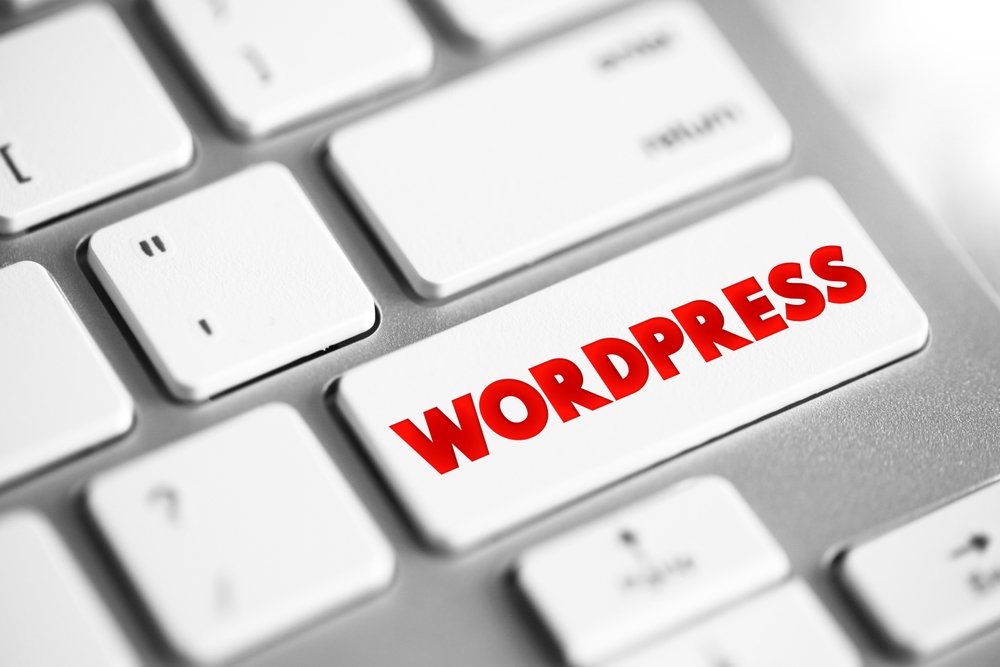
WordPress (the platform for bloggers) has emerged as one of the most popular content management systems (CMS) in the world. It is known for its flexibility, ease of use, and extensive customization options. Whether you are a seasoned developer or a beginner, mastering WordPress (the blogging platform) is crucial to unleash the full potential of your website. In this article, we will explore expert tips for customization and maintenance of your WordPress (WP) website.
Customization Tips:
1. Choose the Right Theme:
Selecting the right WordPress (or WP) theme is vital for a visually appealing and functional website. Consider your website's purpose, target audience, and desired features when choosing a theme. Look for responsive designs that adapt to different screen sizes, SEO-friendly themes for optimal search engine visibility, and regularly updated themes with good customer ratings.
2. Customize Your Theme:
Most WordPress themes offer customization options to match your branding and design preferences. Customize your theme by changing colors, fonts, and layout elements to create a unique and cohesive look for your website. Avoid clutter and keep your design clean, ensuring optimal user experience.
3. Take Advantage of Plugins:
WordPress offers a vast library of plugins that add functionality to your website. From contact forms to social media integration, there is a plugin available for almost every requirement. However, be selective in choosing plugins to avoid overwhelming your website with unnecessary features. Disable or delete any inactive or redundant plugins to optimize performance.
4. Learn Basic CSS and HTML:
While WordPress provides a user-friendly interface for customization, having a basic understanding of CSS and HTML will give you greater control over your website. Familiarize yourself with CSS selectors and properties to modify specific elements on your page. Utilize HTML codes to add custom elements or tweak the default WordPress structure for a personalized touch.
5. Create a Child Theme:
When customizing your WordPress theme, it is recommended to create a child theme. A child theme inherits the functionality and styling of its parent theme while allowing you to make modifications without altering the original theme files. This ensures that your customizations remain intact even after updating the parent theme.
Maintenance Tips:
1. Regularly Update WordPress Core and Plugins:Keeping your WordPress installation, plugins, and themes up to date is essential for a secure and stable website. Updates often contain bug fixes, performance improvements, and security patches. Enable automatic updates, whenever possible, to stay current with the latest releases.
2. Secure Your Website:
Security is paramount in a digital landscape plagued with online threats. Protect your website by using strong, unique passwords, limiting login attempts, and enabling two-factor authentication. Regularly scan your site for malware or suspicious activity using security plugins. Backup your website regularly to safeguard against data loss.
3. Optimize Website Performance:
A slow-loading website can lead to a poor user experience and negatively impact your search engine rankings. Optimize your website for speed by enabling caching, compressing images, minimizing JavaScript and CSS files, and utilizing content delivery networks (CDNs). Regularly monitor your website's performance using tools like Google PageSpeed Insights or Pingdom.
4. Optimize for SEO:
WordPress is inherently SEO-friendly, but you can further enhance your website's visibility by utilizing SEO plugins and practices. Install an SEO plugin like Yoast or All in One SEO Pack to simplify on-page optimization. Optimize your titles, meta descriptions, and keyword usage to improve your website's search engine rankings.
5. Regularly Backup Your Website:
Accidents happen, and without a backup, recovering your website can be a nightmare. Set up regular automated backups using plugins or a reliable backup service. Ensure that backups are stored securely, either offsite or on a separate server, for easy restoration in case of any unforeseen events.
Frequently Asked Questions:
Q1. Is WordPress free to use?A1. Yes, WordPress is an open-source software, meaning it is free to use for both personal and commercial purposes.
Q2. Can I use WordPress without any coding knowledge?
A2. Yes, WordPress provides a user-friendly interface, allowing you to create and manage your website without coding. However, having basic coding knowledge can enhance your customization options.
Q3. How do I install WordPress?
A3. WordPress installation is straightforward. Many web hosting providers offer one-click WordPress installation. Alternatively, you can download the WordPress software from wordpress.org and follow the installation instructions.
Q4. Can I migrate my existing website to WordPress?
A4. Yes, it is possible to migrate your existing website to WordPress. There are plugins and services available to simplify the migration process.
Q5. What steps should I take if my WordPress website gets hacked?
A5. If your WordPress website gets hacked, the first step is to isolate and identify the affected files. Remove any malicious code and update all plugins and themes. Change all passwords, including those for your WordPress admin account and hosting account. Consider seeking professional help to ensure a thorough cleanup.
In conclusion, mastering WordPress opens up a world of possibilities for customization and maintenance of your website. Choose the right theme, utilize plugins wisely, and customize your website for a unique online presence. Regular maintenance, proper security measures, and optimization techniques ensure a stable and high-performing website. With these expert tips, you'll be well-equipped to harness the power of WordPress for your online success.
Other useful resources
- https://www.wordpress24plus.com
- https://www.wordpress24plus.com/services/wordpress-developer/
- https://www.wordpress24plus.com/wordpress-tools-directory/